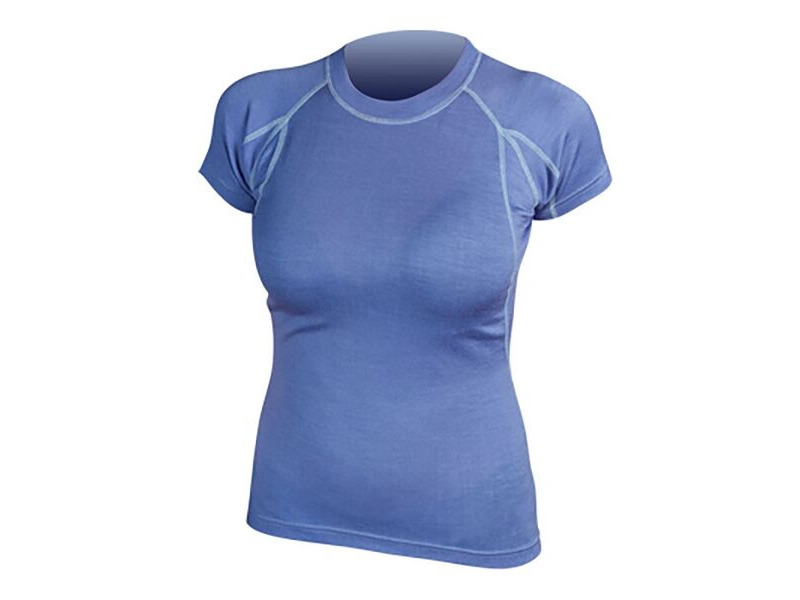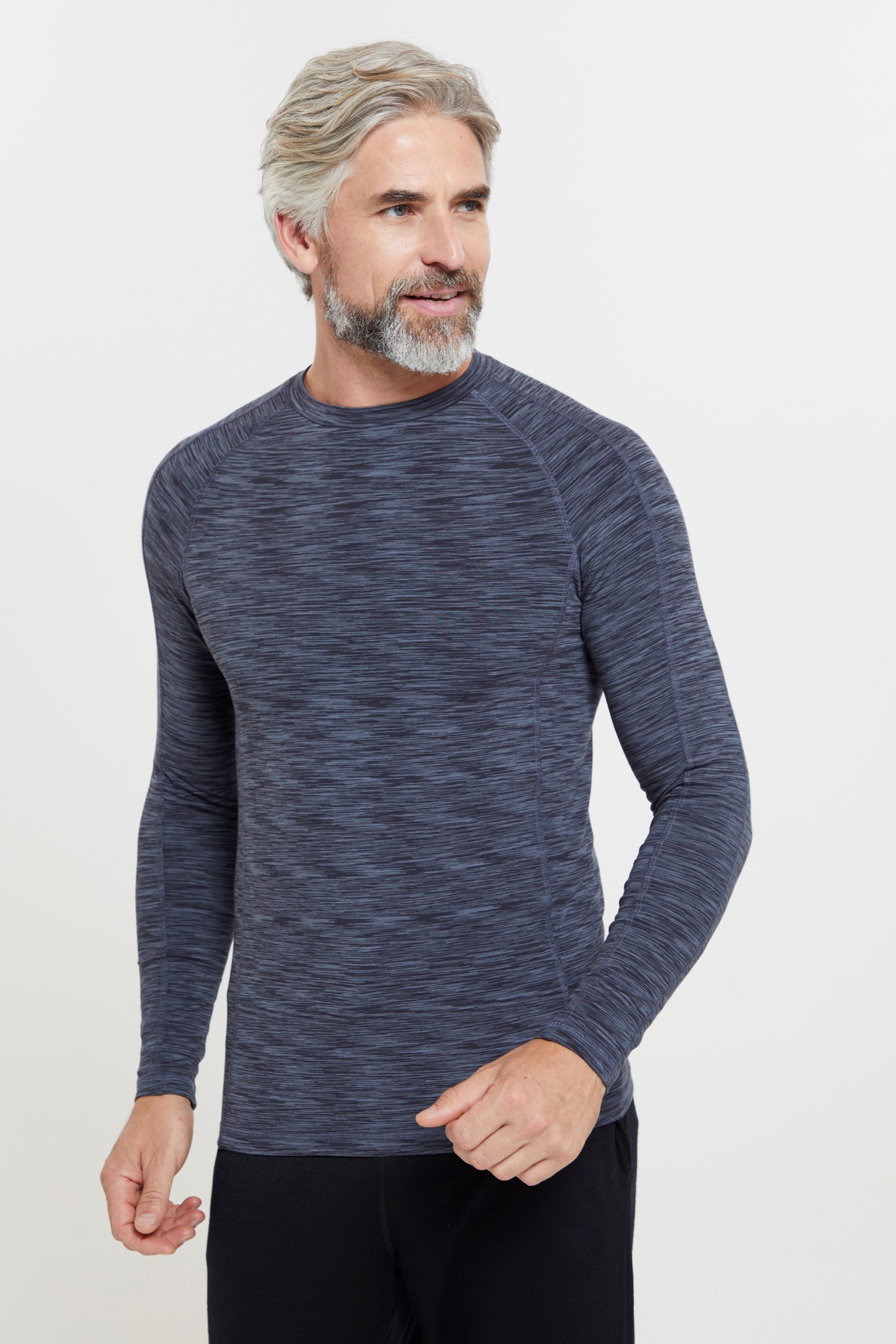Awesome Merino Wool Base Layer Guide
Wiki Article
Why Are Yak Merino Wool Base Layers Effective For Winter Sports Clothing In Terms Of Natural Fiber Benefits?
Yak merino wool base layers are extremely effective as winter sport clothing not only due to their performance benefits but also due to the benefits of natural fibers as well as sustainability in the environmental sphere. Biodegradable and renewable-
Merino and Yak are both natural fibers made from animals. These renewable resources can be harvested without harming animals. The fibers are biodegradable which means they are able to can be broken down in nature without causing environmental harm.
Low Environmental Impact
Natural fibers cause less pollution than synthetic fibers. The harvesting and cultivation of wool require less chemical processes and are less reliant on non-renewable resources as compared to synthetic fibers.
Energy Efficiency
The process of processing wool fibers uses less energy than the production or synthetic fibers like nylon or polyester. The manufacturing of natural wool consumes less energy, and also reduces carbon emission.
Minimizing Microplastic Pollution
Wool fibers are less a contributor to microplastic contamination in the water than synthetic fibers. Synthetic fibers eliminate microplastics when they are washed.
Recyclability and Longevity
Yak-merino clothes are durable and can last for a long period of duration. The fibers of wool can also be recycled and repurposed. This decreases consumption and also the environmental impact.
Sustainability Practices
Some producers and wool producers follow ethical and sustainable practices. They make sure to ensure the welfare of their animals, good land management, and fair work conditions for their workers.
Environmental Certification-
The Responsible Wool Standard, also known as the Global Organic Textile Standard, (GOTS) These are both certifications of environmentally and ethically conscious practices in wool production. These standards give consumers a level of assurance on sustainability.
In general, yak merino base layers are in line with environmental sustainability by being derived from renewable and natural sources, having the least environmental impact in production and often using ethical and sustainable practices in the supply chain. The use of natural fibers such as yak merino wool in winter sportswear is a step towards the environment and is responsible consumption practices. View the top what do you think for merino wool base layers for more recommendations including ski base layer mens, merino long underwear, smartwool 250, best merino base layer, best layers for skiing, hh lifa merino, smartwool 250 base layer women's, minus 33 base layer, warmest base layer for skiing, long underwear for skiing and more.

What Are The Benefits That Bamboo Clothing Provides In Regards To Thermal Regulation As Well As Uv Protection?
Thermal Regulation-
Bamboo fabric insulation provides warmth during winter, while remaining air-conditioned. It helps regulate the body temperature by storing warmth in cooler weather and allowing ventilation to prevent excessive sweating during physical exercise.
UV Protection
UV Resistance- The bamboo fabric provides natural protection from harmful UV rays. It blocks the majority of ultraviolet sunlight's rays. This adds an additional layer of protection while wearing it outdoors.
Biodegradability-
Environmentally Friendly- Bamboo clothing is biodegradable, meaning it breaks down naturally at the end of its life cycle without leaving harmful residues behind or contributing to the pollution of the environment. This reduces waste, and the impact on the environment of clothes that are thrown away.
Environmental Impact-
Bamboo is a highly durable raw material. It can grow rapidly and abundantly and without chemical fertilisers. This helps reduce the environmental impact of cultivating it. It is a renewable resource due to of its rapid development.
Low Water Use- Bamboo requires less water compared to other crops such as cotton, making it more water-efficient. This aspect helps to reduce the use of water and lessens pressure on resources.
Soil Conservation-
Soil Health - Bamboo farming does not typically deplete the soil's nutrients or require a lot of irrigation. This leads to healthier soils and reduces detrimental farming practices.
Carbon Sequestration -
Carbon Absorption Bamboo can absorb more carbon dioxide, and release oxygen into air than many other plants. This attribute aids efforts to fight climate change through decreasing carbon emissions.
Bamboo's thermal regulation clothing and its UV protection its biodegradability and positive environmental impact makes it a preferred option for those seeking functional and sustainable clothing. These characteristics are in keeping with green practices and bring benefits to both the wearer as well as the environment. Check out the recommended weblink on bamboo clothings for site recommendations including bamboo bed clothes, bamboo baby clothes, clothes made from bamboo, bamboo sportswear, bamboo undergarments, bamboo cay christmas shirts, bamboo terry fabric, bamboo undergarments, bamboo dress socks, bamboo cay shirts christmas and more.

What Is The Difference Between Merino And Bamboo Clothing Compare To Regular Wool?
Merino, bamboo, and regular wool all possess unique features.
Softness Merino wool is known for its soft and fine fibers, which make it a comfortable against the skin. It's less likely to cause itching and irritation than traditional sheep's wool.
Merino wool is great at absorption of moisture, allowing it to evaporate. This keeps the wearer comfortably cool.
Insulation- Merino wool offers exceptional warmth even in wet conditions. It regulates body's temperature and also provides insulation in cold weather.
Odor resistance- It prevents the growth of odor causing bacteria and ensures that clothes remain fresh, even after being worn for extended periods.
Bamboo Clothing
Softness- Bamboo clothing is known for its soft and silky feeling, which is often compared to cashmere or silk. It is gentle to the skin and offers the ultimate luxury.
Bamboo fabric is a moisture-wicking fabric that draw moisture from the body and keeps you dry when you exercise.
Temperature Regulation- Bamboo clothing has natural temperature-regulating abilities, offering warmth in winter and breathability to prevent overheating.
Sustainable Bamboo- Bamboo has high levels of renewable resources. It grows quickly without pesticides or fertilizers. It is biodegradable and has very low environmental impact.
Regular Wool
Texture: Wool may vary in texture with some types being coarser and more prone to cause itching or discomfort.
Wool is an excellent insulation material and can be very warm, but it might appear heavy or bulky.
Wool is a sponge for moisture and consequently less efficient at absorption of moisture than merino and bamboo fabrics. It retains warmth even when it is moist.
Summary The softness of Merino Wool makes it odor and odor-resistant. It also has an excellent ability to wick moisture. Bamboo clothing has a silky feel, wicks moisture as well as regulating temperature. It is a sustainable material. Wool is a different texture, and it may not possess the same properties for moisture wicking like bamboo or merino. However, it still gives warmth and insulation. Each has its own benefits, catering to different preferences and needs for winter clothes. Check out the top merino winter clothings for blog tips including icebreaker baselayer, sitka base layers, heavyweight merino wool base layer, best thermals for skiing, smartwool base layer sale, ski thermal underwear, merino wool base layer clearance, smartwool quarter zip, merino wool base layer pant, merino wool base layer womens and more.
